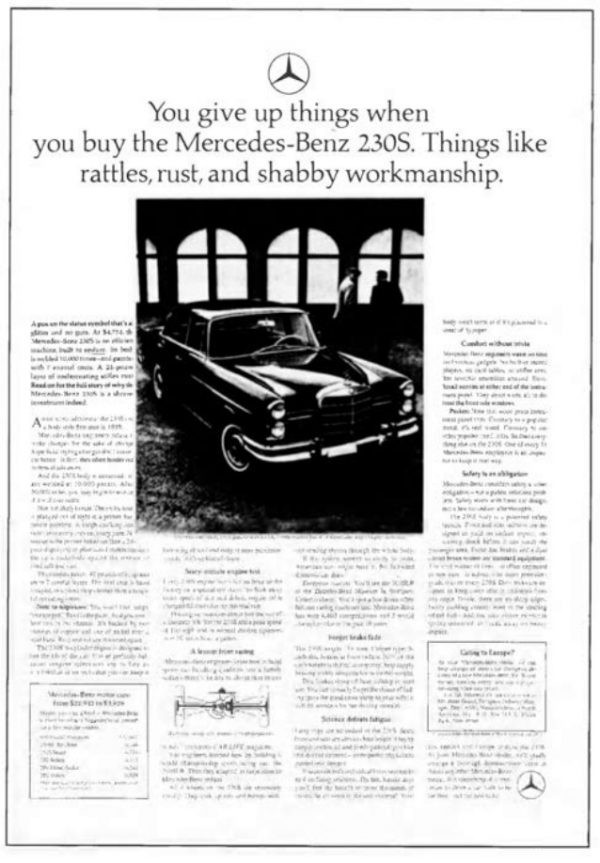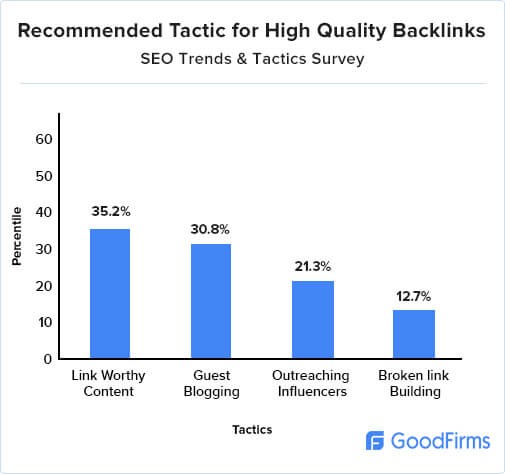I have always had a problem with clients that didn’t want to spend much on content marketing but had decided to have it just because everybody else does. Their so-called “content managers” are a bunch of newbies who can’t even manage their inboxes, and you’d have to wait for weeks before anything gets done. These people assumed that having a cheap version of content marketing is better than not having it at all . . . and they couldn’t be more wrong about it.
They should know that while good content can communicate their values to their audience and establish them as a trustworthy authority in their niche, cheap content will just do the opposite. It will rob you of any trust you deserve from your audience, and this, as Tony Restell explains, is the most fatal flaw of a business. Trust is the single most powerful persuasion element that will turn people into your customers. And while good content can build trust, bad content will just destroy it.
Below you’ll find 3 of the most unforgivable mistakes business make in their content marketing:
1. Relying on guesswork
The term “ideation and planning” might convey a sense of unrestrained creativity for many people. They just start brainstorming ideas without even bothering to think whether they know enough about the market and their product.
But as Consulting.com explains in its comprehensive guide on starting and growing a consulting business, the whole point of having a business is helping people tackle their problems and deliver them from their current state to their desired state. Your content is your main means of communication with your customer, which means that it should help your customers get transformed into their desired states.
“Without a clear understanding of your audience and your product, your content would never be able to do that.
Some of the most successful ads in the history of marketing and advertising came from a very good understanding of the audience and the product, and plain every-day English. Here’s one example by David Ogilvy himself:
You give up things when you buy the Mercedes-Benz 230S. Things like rattles, rust, and shabby workmanship.
A pox on the status symbol that’s all glitter and no guts. At $4,754, the Mercedes-Benz 230S is an efficient machine, built to endure [original underline]. Its body is welded 10,000 times — and painted with 7 enamel coats. A 24-pound layer of undercoating stifles rust. Read on why the Mercedes-Benz 230S is a shrewd investment indeed.”

What Ogilvy did was simply tap into some of the greatest of the product’s features that people found interesting and handy.
Have a clear understanding of your potential customers’ fears and their desired states. Surveys are a great help here. If you don’t have your own audience yet, try an audience similar to yours (maybe contact influencers in your niche and ask them to feature you).
2. Too much content, too little promoting
The widespread belief about producing content is that the more you produce, the more exposure you’ll get. But generally, this is not true. It might happen that you keep covering the same topics and keywords over and over again, and this not only bores your audience, but it might also confuse search engines. Plus producing too much content might divert you from promoting them the right way.
In 2018, QuickBooks decided to remove 2000 of its blog posts in order to organize the structure of their website. This was a tough decision especially considering the fact that producing those pieces cost millions of dollars for their company. Well, this is a total waste of time and money.
But contrary to what you might expect, their decision to prune their content contributed to their organic traffic by nearly 44%. That extra traffic contributed to a 72% increase in signups as well. Many of the blog posts they had were outdated, pointing to pages that didn’t exist anymore, or had other issues. Their content team were constantly producing fresh content and could cover the deleted posts in their new ones.
Too little promoting is also a big mistake many businesses make. According to GoodFirms’s latest research on SEO trends and tactics, growing organic traffic is the top inbound marketing priority for businesses.

Among the most necessary practices for increasing organic traffic is building high-quality links to your keyword-optimized content. SEO trends and tactics research also tells us that producing link-worthy content and guest posting are the most popular link building techniques for a lot of SEO’s and businesses.

Personally, for me, outreaching has yielded the results I wanted. You can reach out to some relevant websites in your niche and ask them to include your content in their blog if they find it valuable. But the key is you need to offer something valuable in return — maybe mention them in your own blog or your future guest post?
If you’re curious to know how to do outreaching the right way, check out the article I wrote for NinjaOutreach.
3. Missing out on different content formats
Blog posts are standard for content marketing. After all, people still use search engines to find blog posts. But that doesn’t mean that you should give up on other content formats.
A video, for instance, is not well explored by companies. Over the past years, people have grown more interested in video content, so much that in 2016 one Facebook executive predicted that the platform “will be probably all video” in five years. Results of a survey show that people pay “full attention” to video content and want to see more videos in the future. Plus, YouTube as the second biggest search engine deserves special attention from businesses. Talking of YouTube as a search engine, you should know that you need to compete with other videos makers in your niche and improve your rankings if you want to see good results. Here’s a great guide on video SEO.
Podcasts are also an effective means of building an engaged audience that will restlessly wait for your next episodes if you’re interesting enough. Podcast subscriptions on iTunes alone reached 1 billion in 2014, and the number keeps rising.
When you consider the fact that mobile internet users make up 51.2% of all internet users worldwide (that is 3.7 billion unique users), it is crucial to try and make content that is easily consumed on mobile.
Social messaging is one of these content types. Buffer’s State of Social Report 2018 shows that “there are now more people using the top four social messaging apps (WhatsApp, Messenger, WeChat, and Viber) than the top four social media apps (Facebook, Instagram, Twitter, and LinkedIn)”. Yet only 20% of marketers have used social messaging for marketing.

In conclusion
Content marketing is the greatest means of communication with your audience. But while it can convey your values to your audience and show them how you can elevate them to their desired states, it can also establish you as cheap and untrustworthy. In this article, you read about 3 of the most common mistakes businesses make that will make them look untrustworthy and strip them of their customers.
The negative effects of a bad content marketing strategy could be amplified for B2B companies as their customers tend to judge them based on the quality of their content. These companies should have expert content marketers in-house or take advantage of a reliable B2B inbound marketing agency to see real results.






